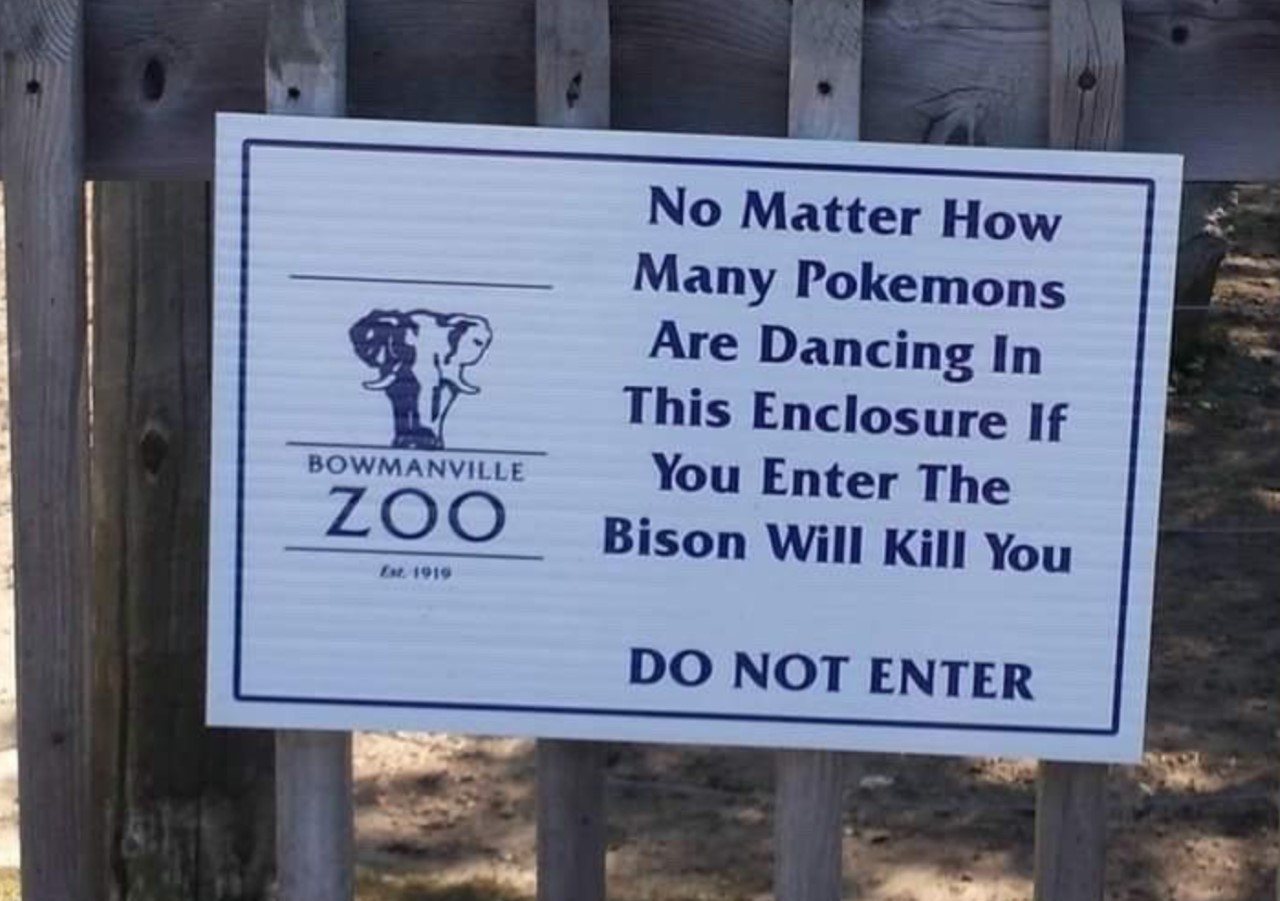Games Will Kill You

For the record: successful game companies try to avoid killing their players. For one thing, it cuts down on the customer base for sequels, and that’s where the big dough is. For another, it makes hiring QA employees difficult. But you wouldn’t know that from watching TV. During the 90s there were a series of cheesy SF shows wherein one of the heroes got trapped in a 3D video game. Their partner was told that they couldn’t remove the goggles or the player’s brains would be scrambled. Also if the player died in the game, they’d die in real life. Naturally, the partner had to go into the game to rescue the trapped one.
Together the heroes would face several crappy CGI monsters, then convince the nerdy game designer’s AI persona that they could meet girls, so why not reconsider killing off the player base? Everybody got out and the nerdy designer got a cute girlfriend. Happy endings all around, so to speak.
In reality, even the nerdiest game designer rarely creates lethal video games to meet girls. Ok, maybe we do, but they mostly don’t survive the pitch meeting:
“So, the VR headphones are directly connected to the player’s central nervous system?”
“Yes. It improves perceived video quality by 13%!”
“So we can send a lethal jolt up through the USB port and fry the player’s brain?”
“Yeah! Of course we’d never actually do that, *gigglesnort… it’d be like an Easter Egg!”
“Intriguing. I’ll take it up with the Board. Moving on, Dave has a proposal for a gaming chair with clamps and a large drill-bit hidden in the back cushion. Dave?”
Yeah, no.
That’s not to say that games can’t kill you. Once upon a time I was a producer at the late, great MicroProse. I was working with super genius and remarkable person Dani Bunten on a game called “Global Conquest,” a sort of follow-up to Dani’s huge hit, “Command HQ.”

During a status call, Dani casually mentioned that she’d discovered a way to make a certain brand of monitor catch on fire. “If you switch rapidly back and forth between these two colors, the innards get really hot. Keep it up, and boom!”
I recommended that Dani not do that in this game, and she agreed.
Then of course there’s Pokemon GO. This “augmented reality” game populated the “real world” with cute little monsters that players captured by physically going to the real world locations and mashing buttons on their phone until the critter was imprisoned in a tiny ball and made to fight other imprisoned critters.

This was cool in many ways. It got gamers off of their butts and out into the fresh air. At the height of Pokemon Go’s popularity, you’d see lots of pale folks ambling around cities and suburbs peering into their phones and walking into traffic. Good, healthy fun.
Pokemon Go occasionally put Pokemon in questionable locations. You’d hear stories about kids being arrested deep inside CIA HQ while hunting an elusive Snorlax. Or people who would sneak into a toxic waste dump chasing Koffing. They’d emerge triumphant with the captured monster and several new unidentified mutations.

By all reports, the Pokemon Go designers are extremely nice people who made every effort to not endanger (let alone kill) players. Having been in their position, I can sympathize. Players are smarter and crazier than anyone can possibly account for, and they will take advantage of the tiniest opportunity to make the designer look like an incompetent murderous bozo.
I can assure you that at Oxide we will not try to kill any customers. But in turn you must promise to not clamber into bison enclosures searching for content. We need you alive to buy the sequels.